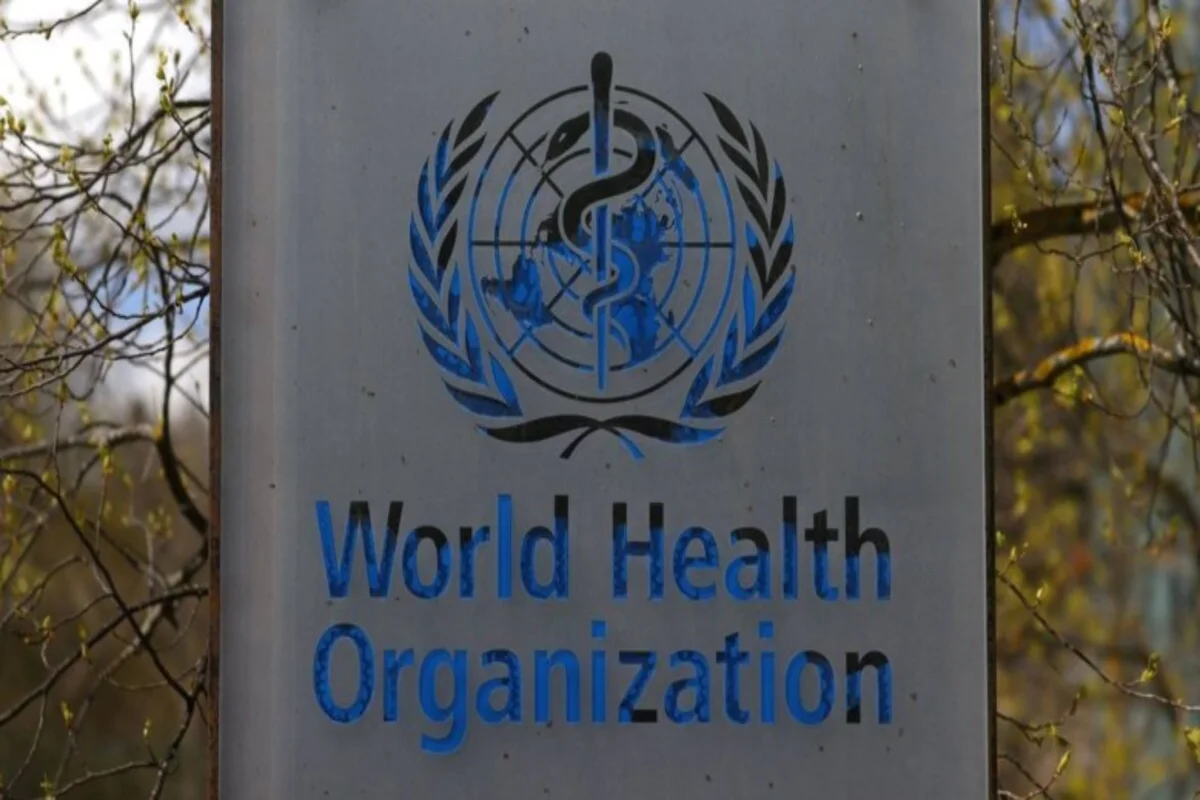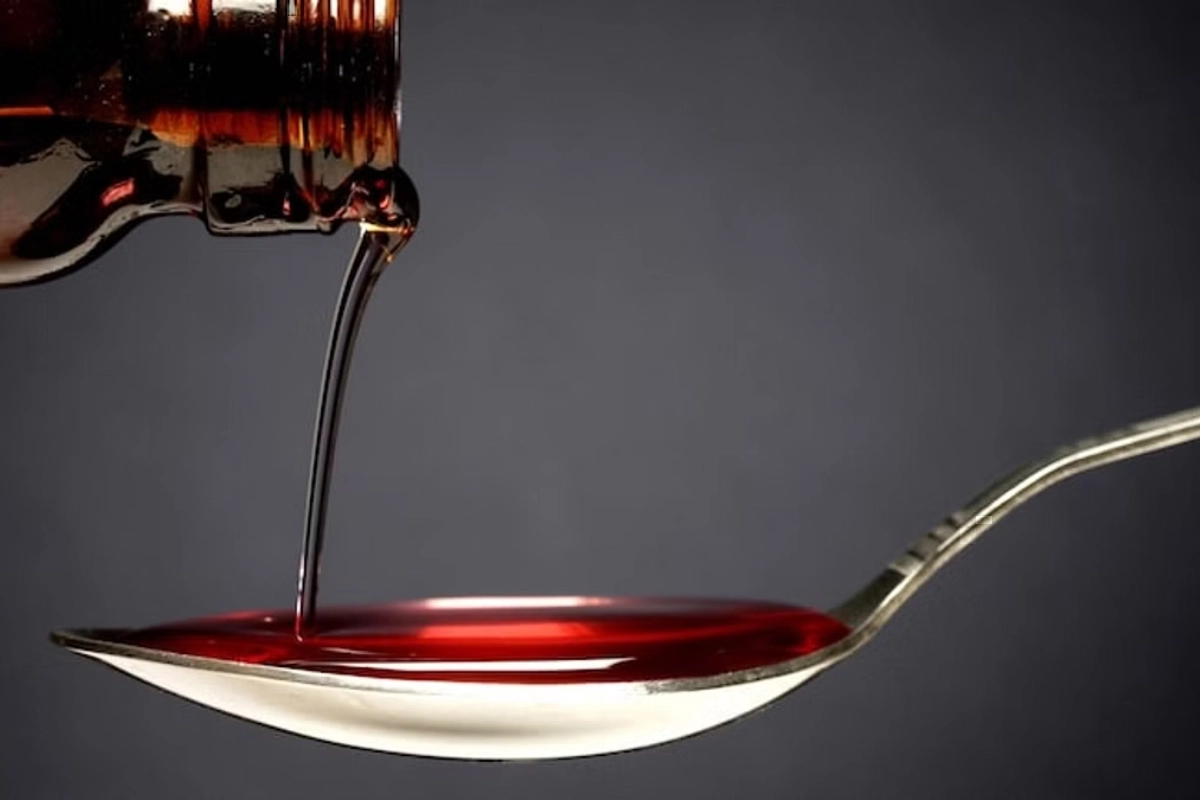Cough Syrup: Winters, when practically everyone experiences dry cough episodes, are upon us, along with the irrational rush to buy over-the-counter (OTC) cough syrups at chemist stores. Did you realise, however, that these syrups are actually doing more damage than good to you?
These OTC cough syrups frequently include codeine, an opiate that can lead to addiction. Cough syrup with codeine (CCS) comes in 100ml bottles and works similarly to a 30 mg morphine pill. In truth, relatively few people are aware that the drug belongs to the heroin family of narcotics and is an addictive narcotic. Codeine is technically a pro-drug made from opium that the liver transforms into morphine.
And developing an addiction is not difficult. Even little amounts can result in a high or “kick.” It’s understandable why so many individuals become dependent on drugs; the majority do it inadvertently because the bottle contains no warnings. Addiction comes in many degrees. Without it, some people experience an excessive amount of anxiety and restlessness.
One’s metabolism also has a significant impact on how vulnerable they are. While just 3% of Europeans have the gene variation known to be associated with “ultra-fast metabolizers,” about 40% of North Africans possess, rendering them more susceptible to CCS overdose.
Actually, codeine has a direct impact on the cough centre in the brain stem, which dulls or suppresses the signals that cause the cough reflex.
Codeine doesn’t shorten the length, severity, or frequency of coughs, though. We believe the syrup is relieving our anxiety, yet the relief we get is really a partial one.
There are more than 100 CCSs available. But the majority is monopolised by the Phensedyl or Corex brands. Many addicts who use CCS mix it with soda drinks to make it more palatable or gulp it down followed by a hot cup of tea or coffee to hasten the effects. It’s an inexpensive way to become addicted; a 100 ml Phensedyl or Corex bottle costs about Rs 75.
How do CCSs work?
Codeine-containing cough syrup (CCS) results in high blood pressure, auditory hallucinations, heat or cold flushes, a faster heartbeat, distorted vision, and dizziness. And even that is just the very tip.
calling for more bans
Recently, cough syrups contaminated with diethylene glycol or ethylene glycol caused the deaths of 66 children in the Gambia. These syrups, which lacked codeine, were created by a Haryana-based company.
This startled the lawmakers, who in August of this year expressed further alarm about CCSs and their use as drugs and intoxicants. The health ministry-established group led by MS Bhatia also advocated for the outlawing of specific combinations containing codeine. Although the government wants to impose a ban, the drug companies are fighting it tooth and claw.
To stop the clamour for a ban, the Indian Drug Manufacturer Association (IDMA) is making every effort. The government exchequer could lose 300 crore rupees as a result of the prohibition, according to IDMA.
It appears to be an imitation of 2016. CCSs were among the 350 or so absurd fixed dose combination medications that the government had outlawed on March 10 of that year after appointing an expert committee led by Dr. Kokate. The Drugs and Cosmetics Act’s Section 26 A forbade the sale of certain cough syrups. The Drugs Technical Advisory Board upheld the prohibition in July 2018.
However, the powerful pharmaceutical industry lobbied against the prohibition, claiming that there had been no reports of CCS’s negative effects in India. As a result, the Delhi High Court temporarily stayed the government’s ban.
Also Read: BYJU’s CEO: In a Tearful Letter Ravindran Apologises to Fired Employees. Why? Read This
Smuggling across borders and enforcement
Despite occasional crackdowns, the threat of CCS abuse has been spreading over the years from Gujarat to Tripura and from Jammu and Kashmir to Tamil Nadu. Additionally, there is a lot of cross-border smuggling going to Bangladesh and Nepal.
According to RTI statistics from the Narcotics Control Bureau (NCB), 2,635,848 litres of codeine-containing cough syrup were seized overall in 2014 and 2015. In India, around 83,000 bottles of CCS were seized in the six months leading up to March 2015.
In August 2015, more than 1,13,000 bottles of Phensedyl headed for Bangladesh were destroyed by customs officials in Tripura’s Agartala. In a coordinated operation with customs agents, the Border Security Force (BSF) confiscated 21,400 Phensedyl bottles from four trucks the very following month.
State-run laboratories in West Bengal discovered twice as much codeine (21.37 mg/5ml dose as opposed to 10 mg/5ml) in a batch of Phensedyl bottles in July 2015.
Two medication distributors were arrested in March 2016 by Haryana’s food and drugs administration department for smuggling two lakh bottles of a well-known cough syrup that was being supplied by a large international pharmaceutical company.
The State Narcotic Crime Control Cell (SNCCC) and the Drug Control Administration (DCA) confiscated at least 10,000 CCS bottles in the Sirmaur area of Himachal Pradesh in April 2017.
The Crime Investigation Department of Telengana filed a case against Abbott Health Care Pvt Ltd in January of the following year over alleged Phensedyl bottle smuggling. In July, more than 42,000 bottles of safe codeine phosphate cough syrup worth Rs 47 lakh were seized by the NCB Ahmedabad and FDCA Gujarat.
The police in Bolangir, Odisha, seized 5,920 bottles of Eskuf cough medication in January 2020. Two vehicles yielded the bottles for recovery. Near Guwahati, the CID conducted searches in May and found approximately 9,500 bottles of cough syrups containing codeine. Following this, the NCB conducted raids and searches across India and seized 840 bottles of CCSs and 60 kilogrammes of opium.
During the lockdown, the BSF confiscated more than 33,536 bottles of Phensedyl from traffickers along the south Bengal front (March 25 to May 24, 2020).
In September of this year, employees of the Directorate of Revenue Intelligence confiscated over a lakh CCS bottles valued Rs. 1.76 crore. The DRI asserted that it had dismantled a significant smuggling operation that was bringing cough syrups into north-eastern India from Uttar Pradesh, Jammu, and Madhya Pradesh.
According to a report by the Press Trust of India, a senior official from the home ministry stated that the smuggling of phenethyl is a “major irritant” in relations between India and Bangladesh and that a “collaborative approach” involving the federal government, state governments, and law enforcement agencies is needed to combat this menace.
The south Bengal frontier of the BSF revealed in a report from 2020 that “a well-oiled network of people, top officials from pharmaceutical companies, clearing and forwarding agents in states, drug stockists and influential people are engaged in this illegal trade where the demand for production is kept high in contrast to actual consumption.”
Despite being prohibited in Bangladesh since the 1980s, 7.50 lakh bottles were seized there in 2014. And the quantity has grown significantly.
The International Narcotics Control Board (INCB) listed the misuse of narcotic-containing medications and their smuggling out of India as two of the “biggest drug-related concerns” South Asia is now experiencing.
Also Read: RBI Launches Pilot of its Digital Currency, Permits 9 Banks to Use it
Too late and too little
“In the CCS, combining an opioid with a sympathomimetic drug like chlorpheniramine may have a unique, distinct (euphoric) impact. This impact, in addition to the low cost, wide availability, and purity of CCS, may be to blame for the CCS’s quickly expanding popularity as abused substances in India “highlighted a 1997 study carried out by Chandigarh’s Post Graduate Institute of Medical Education and Research.
After almost 20 years since the publication of the PGI study, the government imposed a ban on CCSs in 2016. To combat drug addiction and smuggling, pressure was put on businesses to keep track of how their products are sold. The CCSs were last produced by India’s Cipla in 2017.
But until now, US-based Pfizer and Abbott Laboratories—the major players in the $103 million CCS sector who forced a judicial stay on the ban—have only made token efforts to curtail the abuse.
The corporations have come under pressure from the ministry of finance to enable batch tracking. The prescription sales receipts for all of the syrups that are being dispensed by pharmacists, who are aware of the danger for addiction. What about over-the-counter medications, though?
Remedial actions
“Every effective medication carries some hazards. But a risky, unfavourable drug? It’s challenging to justify,” According to Ross Tsuyuki, a professor of medicine at the University of Alberta and editor of the Canadian Pharmacists Journal.
Shouldn’t a medicine be removed from the market once its efficacy is proven? However, it hasn’t. We must thus come up with a solution till they arrive.
Such syrups shouldn’t, first and foremost, be sold without a prescription from a doctor. The issue is that because they are available without a prescription, the government has no idea how many people are using them. This leads to addictions and fatal effects. It is challenging to determine how many are related to over-the-counter medications. It could be a good idea to ask pharmacies to keep the sales receipts for codeine phosphate cough syrups.
Changes to the law are also required. One batch, one buyer should be the standard for manufacturers. It is crucial to print labels that indicate the locations where the medicine will be sold.
To stop the abuse, federal drug officials and regulators must enact strict rules, and it is crucial that enforcement organisations leave no room for error.
The strength of the regulatory bodies must be increased while giving them more teeth. According to a BSF report from a while back, India only has 1,500 drug inspectors who oversee more than 10,000 facilities that produce medications. In West Bengal, there are just 140 such inspectors for 50,000 pharmacies. Now, with such a thin team, how can you expect a failsafe checking mechanism?
All things considered, the only solution to the issue is a total prohibition. Why can’t India do it if Sweden, Latvia, Sri Lanka, and the Maldives can?
Keep watching our YouTube Channel ‘DNP INDIA’. Also, please subscribe and follow us on FACEBOOK, INSTAGRAM, and TWITTER











